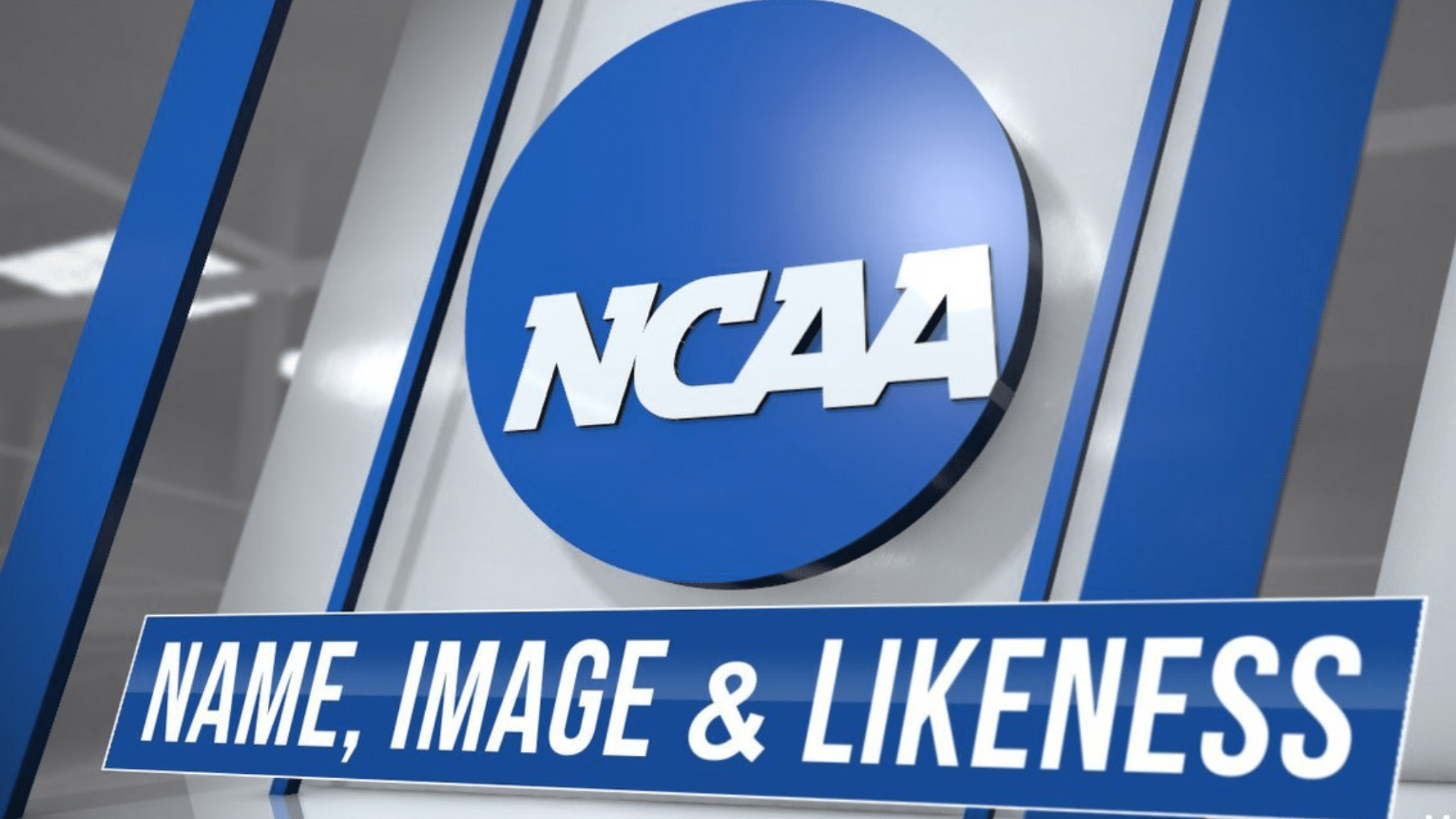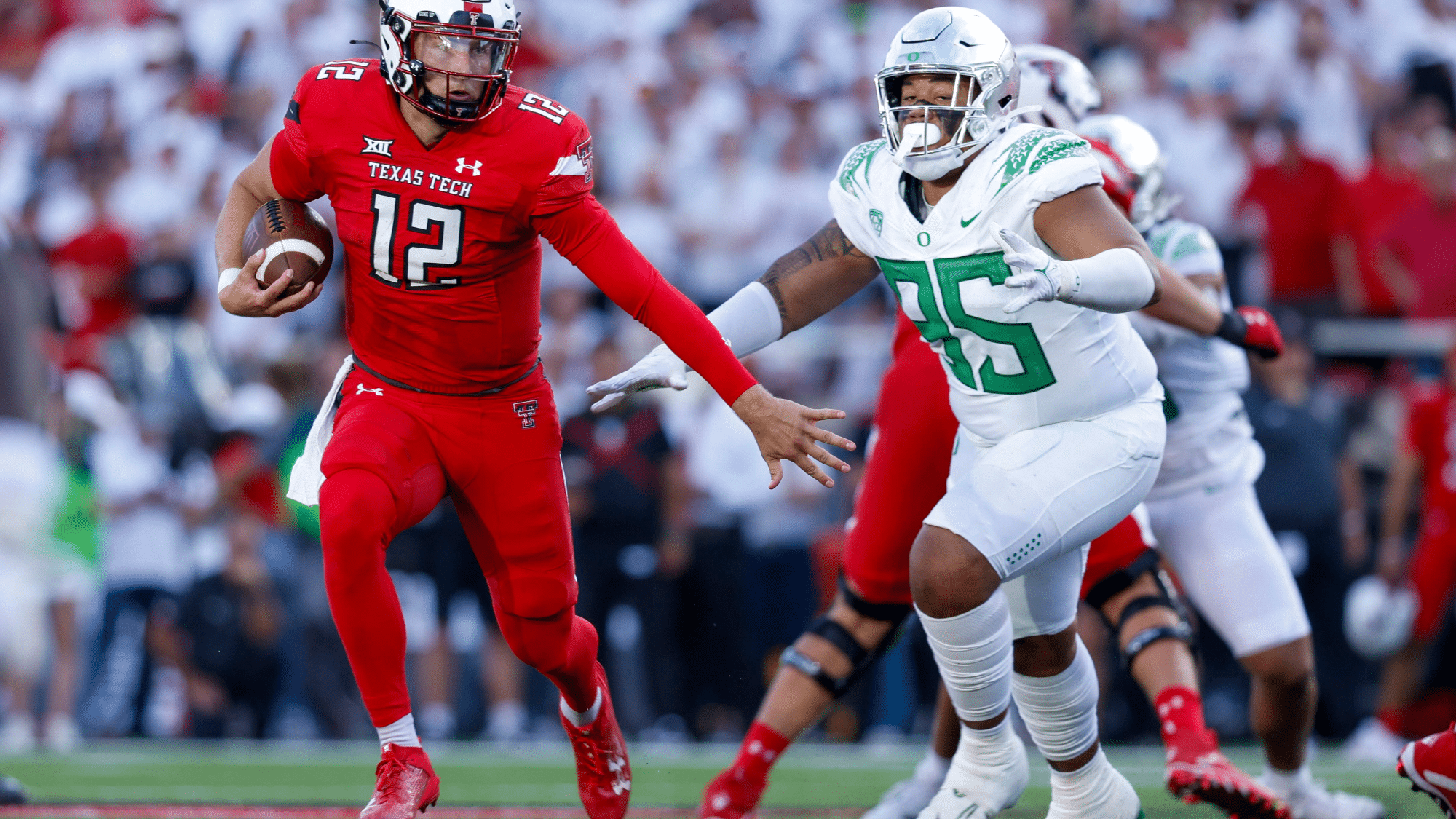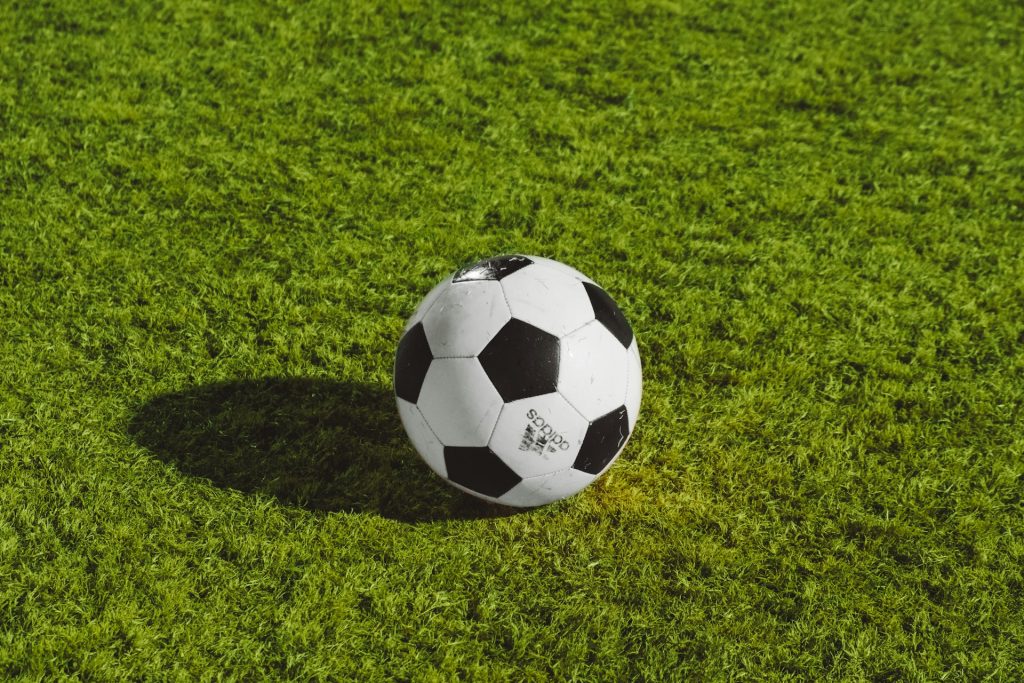Is NIL a good thing or a bad thing for college sports? The truth is, it’s a mix of both.
On one hand, it lets athletes earn money, help their families, and build useful skills while still in school. It’s a fair way to reward their hard work and give them more control over their future.
On the other hand, it can also bring stress, confusion, and even arguments between teammates. Some athletes may care more about making money than doing well in their sport or classes.
But overall, NIL has opened a new door for student-athletes. It’s not perfect, but it’s a step toward better opportunities and more freedom.
Let’s break down the good, the bad, and the downright surprising parts of NIL that have changed the game forever.
What Exactly is NIL?
NIL stands for Name, Image, and Likeness. In simple terms, it refers to a student-athlete’s right to earn money from their personal brand. Before June 30, 2021, college athletes couldn’t make money from:
- Signing autographs
- Appearing in ads
- Creating and selling merchandise
- Posting sponsored content on social media
- Making paid appearances
Student-athletes who broke these rules faced severe penalties, including loss of their eligibility to compete. Now, these athletes can earn from their popularity and skills while still in school.
The NCAA’s change came after years of pressure, lawsuits, and state laws that made the old system impossible to maintain.
Today, nearly half a million college athletes across 19,886 teams have the right to earn from their personal brand, at least to some extent.
How NIL Works in Practice?

While NIL offers athletes new opportunities, there are important rules to follow. They cannot use their school’s logos or trademarks in paid deals, and universities cannot directly arrange or fund NIL agreements.
However, rules also differ by state, with some being more athlete-friendly than others. Athletes must report NIL activities to their schools, and certain deals, such as those with gambling companies, may be restricted.
Many athletes now partner with agencies or use NIL marketplaces to connect with potential sponsors.
The Pros of NIL
- Financial Independence: Athletes can support themselves and their families while in school.
- Business Experience: Athletes gain real-world skills in marketing, negotiation, and brand management.
- Basic Fairness: Athletes finally receive a portion of the value they create for their sports and schools.
- Preparation for Life After Sports: NIL provides career opportunities that extend beyond athletic careers.
- Social Causes: Some athletes use NIL platforms to support charitable work and social justice initiatives.
- Developing Marketable Skills: Social media management, public speaking, and networking skills benefit athletes long-term.
The Cons of NIL
- Team Tension: When teammates earn drastically different amounts, it can damage locker room unity and team chemistry.
- Recruiting Problems: Some schools use NIL as disguised “pay-for-play” offers, with boosters forming collectives to attract recruits.
- Time Burden: Managing sponsorships takes time away from academics and athletics.
- Shifting Focus: Some athletes prioritize building their brand over team success.
- Less Incentive to Go Pro: With millions available in college, some athletes may lose motivation to reach professional levels.
A Sneak Peek Into the Current State of NIL
The NIL marketplace is rapidly developing, with top athletes like quarterback Shedeur Sanders earning millions, such as his estimated $4.7 million.
Football leads in NIL earnings, followed by men’s and women’s basketball, with women’s basketball players often outperforming other non-football athletes.
And, local businesses, particularly in college towns, remain key NIL partners, while collectives, groups of boosters pooling resources, are becoming significant players.
Many universities have implemented NIL education programs to help athletes maximize opportunities while ensuring compliance with regulations.
NIL as a Student-Athlete
To make the most of NIL while staying on track in school and sports, here are a few key things every student-athlete should keep in mind:
- Understand NIL Rules: Every state and school has different regulations regarding NIL. It’s crucial for athletes to fully understand these rules to avoid any violations that could impact their eligibility or academic standing.
- Tax Implications: NIL earnings are considered taxable income, just like any other form of income. Athletes need to be prepared to report their NIL income to the IRS and may need to pay taxes on it.
- Avoid Exclusivity: Some deals may require exclusivity, meaning you can’t sign deals with other brands in the same category. While this might be tempting for short-term gains, it’s important to evaluate if it limits your future opportunities.
- Balance Responsibilities: As a student-athlete, your primary focus should remain on your education and your athletic commitments.
Frequently Asked Questions
Are Non-Revenue Sports Benefiting from NIL?
Yes, athletes in non-revenue sports are using social media and creative content to attract attention and sponsorships.
How are Mid-Major and Smaller Schools Adapting to the NIL?
These schools are becoming more proactive and creative in supporting athletes’ NIL ambitions, investing in content creation, and using social media to help their athletes stand out.
Is There an Ongoing Legal Change Related to NIL?
Yes, the legal landscape is developing, with new agreements and potential regulations being discussed to address issues like fair compensation, contract limits, and protecting both athletes and schools as the NIL market matures.




















